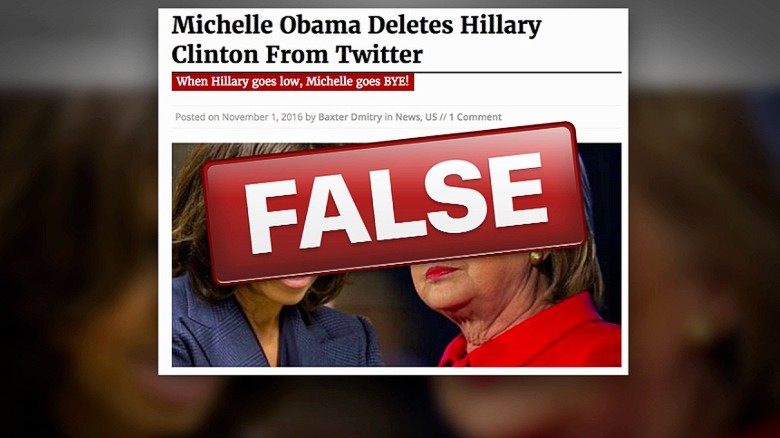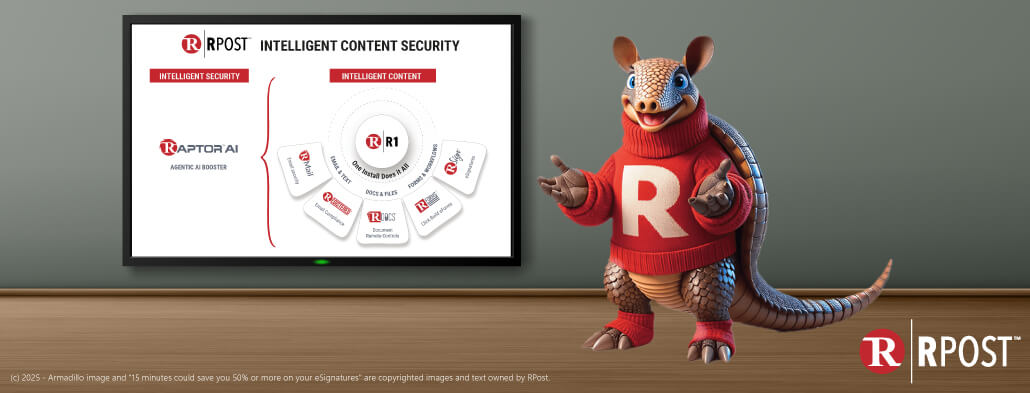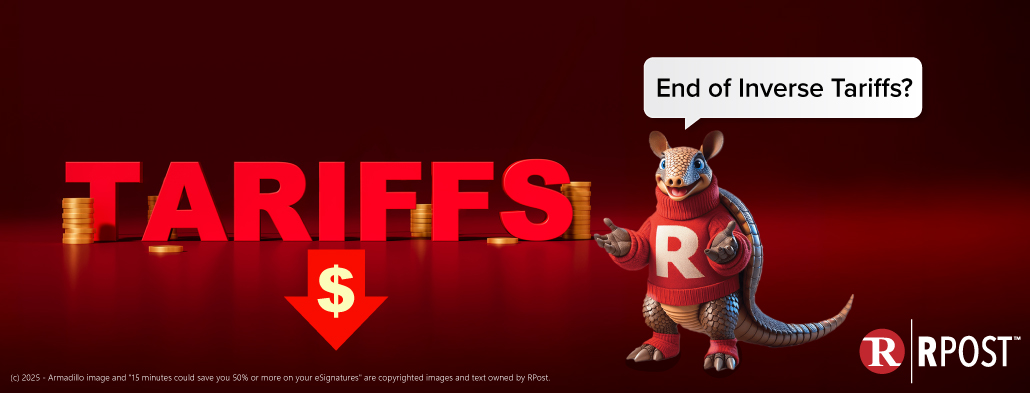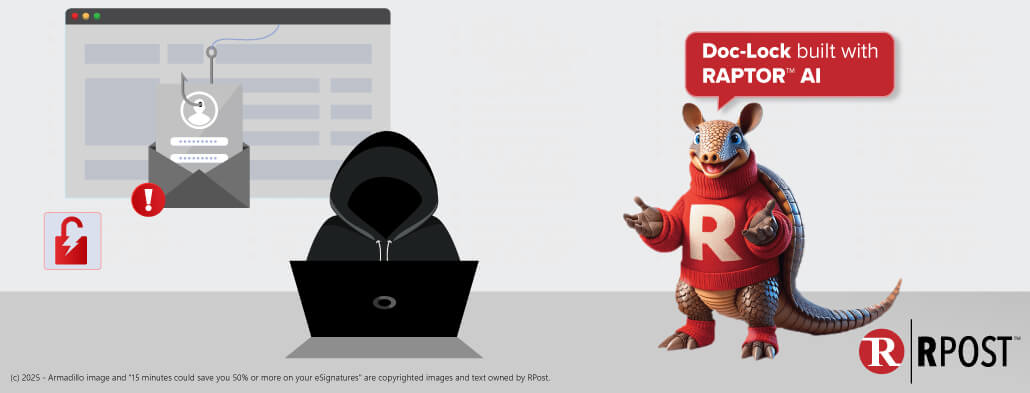
“Astounding Trump Tweet you are not going to Believe” – – This headline is just one example of a “fake news” item you might see on Twitter, Facebook or some other social network. Fake news is believed (by analysts and spectators across the political spectrum) to have played a large role in the 2016 presidential election, likely swaying election results in some states.
In fact, a BuzzFeed analysis reported that top fake election news stories generated more total engagement on Facebook than top election stories from 19 major news outlets combined.
Can you tell which headlines are fake?
[2, 3 and 4 represent actual facts. Yes, Kanye West is planning to run for President.]
The New York Times provides another example of social media stories influencing presidential elections and the substantial effort needed to counteract their effects: “In Indonesia, where Facebook is so popular that some people confuse it with the broader internet, the service has considerable sway. When Joko Widodo, Indonesia’s president, was running for office in 2014, he was accused through social media of being a Chinese Christian and a communist — severe criticism in the deeply Islamic country. The Indonesian politician released his marriage certificate to prove he wasn’t Chinese and made a pilgrimage to Mecca just before voting” [to persuade voters that the rumors were false].
Beyond politics, fake news has also been responsible for manipulating stock prices, damaging a competing business’ reputation, and driving enormous advertising revenues through ad impressions (or page views).
Why is society gobbling up fake news?
What can be done?
Can technology innovations reduce the spread of fake news? Facebook and Google have recently removed the ad revenue option for what they determine to be fake news sites. If these sources cannot place revenue generating ads in their news feeds, they are less likely to stay in business, and the business model itself may fail.
Facebook and Google have proprietary filters to help them determine which news sources are not valid. They already use artificial intelligence and algorithms to customize ad delivery to consumers. Now they are using this same technology to identify fake news and its sources.
The solution isn’t perfect. No algorithm will sort the news correctly each and every time. In either case, the fake news is still posted online, still getting eyeballs and still searchable. Filters cannot identify every type of false content. What about advertorials, such as paid articles reviewing a new technology product? What about a fake Yelp review designed to damage the reputation of a small business?
Crowd sourcing is another tool for identifying fake news. Most social media sites allow consumers to report posts that are not accurate. And they have been working to make it even easier to make such reports. Social media outlets simply cannot catch all of the abuses without help from end users. To learn how to make a report, read this link. Sony is attempting to patent a system to validate information sources using ratings from an online community. The patent is entitled: Veracity Scale for Journalists. Time will tell whether these tactics will be effective.
How to spot fake news
There will always be at least some fake news on social media, designed to mislead readers and bait them into sharing. Considering this, the average social media user should watch out for some basic clues: exaggerated headlines including words like “shock”, “amazing”, “massive”, headlines with ALL CAPS, strange domain names, strange photos of the article’s subject and lack of coverage for the news item in other news sources.
It is common sense for readers to control their news environment by visiting a trusted source for news instead of Facebook or Twitter. If they do read a particularly surprising or shocking news story on Facebook, they should validate the story by checking other news publications, certainly before they decide to share the “news” item and support its virulent and potentially harmful spread throughout society.

April 25, 2025

April 17, 2025

April 11, 2025

April 04, 2025

March 28, 2025